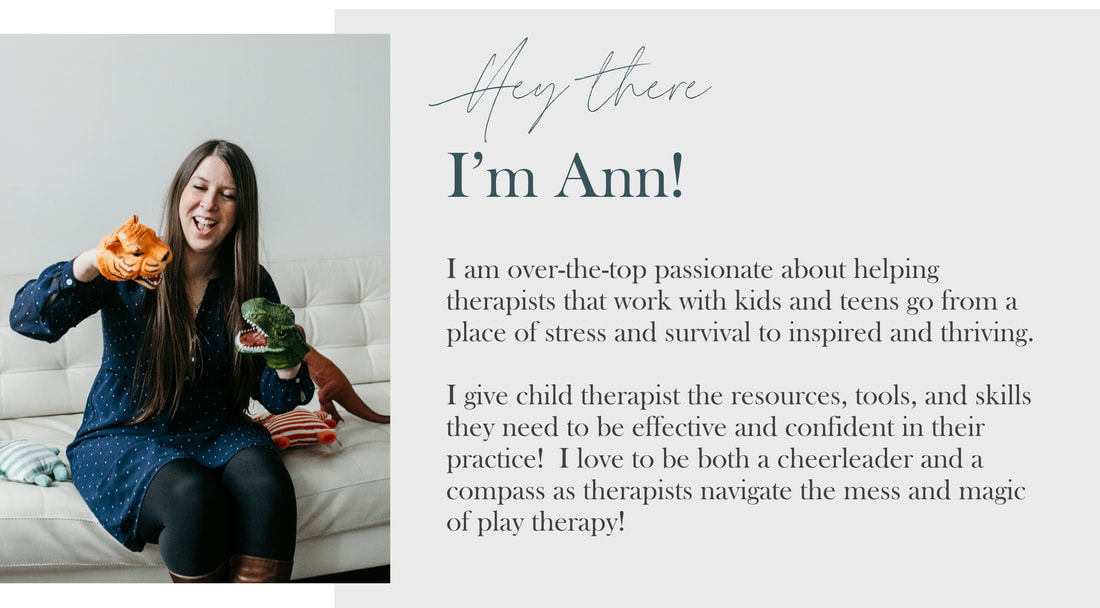|
One of the most important questions I ask on nearly every individual or group consultation session after I learn more about the symptoms, struggles, and stuck points is “what are your goals for this client”?
This question is quickly followed by “what was the baseline when they came into therapy?”.
Oftentimes you can feel powerless, discouraged, or hopeless when you are deep in the working stages of play therapy with clients, especially since play therapy can look wildly different from other forms of therapy.
It might feel like you aren’t making any progress and therapy isn’t helping. You might wonder if you need to refer the client to a different provider, level or care, or shift your approach. Is Child Centered Play Therapy really working? Do they need EMDR? What about CBPT? And while this experience can depend on the types of clients you see regularly in your practice, this is a common experience for most therapists. I wanted to share one documentation tip with you that can instantly increase your confidence as a therapist. So….in this article HERE I talk about the gold in goal setting for client outcomes. BUT goal setting can also help therapists increase confidence in our abilities OR create clarity in how we may need to shift our approach, support, or services. One of the main reasons I always ask about symptoms at baseline and goals for therapy is that the distance between can help us understand if we are going in the right direction. With being so focused on the present symptoms or pressure from parents it can be hard to remember what things looked like exactly when the client started therapy. For a client who is having school refusal one time per week due to anxiety separating, this is still an issue. However, if that same client started out with having some days the behaviors were so big they didn’t even make it to school and school refusal every day - this is a huge improvement! It is the process of identifying where the client started that can help you see what is moving the needle AND if you are exactly in the same place you can get curious if there are life circumstances keeping the client stuck or the client needs a higher level of support to move towards goals. And all of this is based on concrete data! Lastly, by getting a clear idea of what the exact goals are you can then target the therapy interventions with precision to work on the specific thing that brought this client into session. You can have confidence about how this intervention or technique is going to help the client’s overall symptoms and goals. I’m hoping that you begin to see goal setting and documentation as not just something that is required by your licensure or the insurance company BUT as something that is valuable to client progress and your confidence in your play therapy session! If you struggle with notes take my absolutely free course on the 5 Step Roadmap To Writing Faster Progress Notes! If you need a little more take The 5 Minute Note Course - where 10 days transforms your notes from novels to efficient and effortless! Loading...
0 Comments
Leave a Reply. |
Hi, there!I'm Ann Meehan, an LPCC, Loading... Archives
July 2024
Categories
All
|
Privacy Policies | Terms of Use | Disclaimer
Contact
[email protected] | Copyright Meehan Mental Health Services 2022
Contact
[email protected] | Copyright Meehan Mental Health Services 2022







